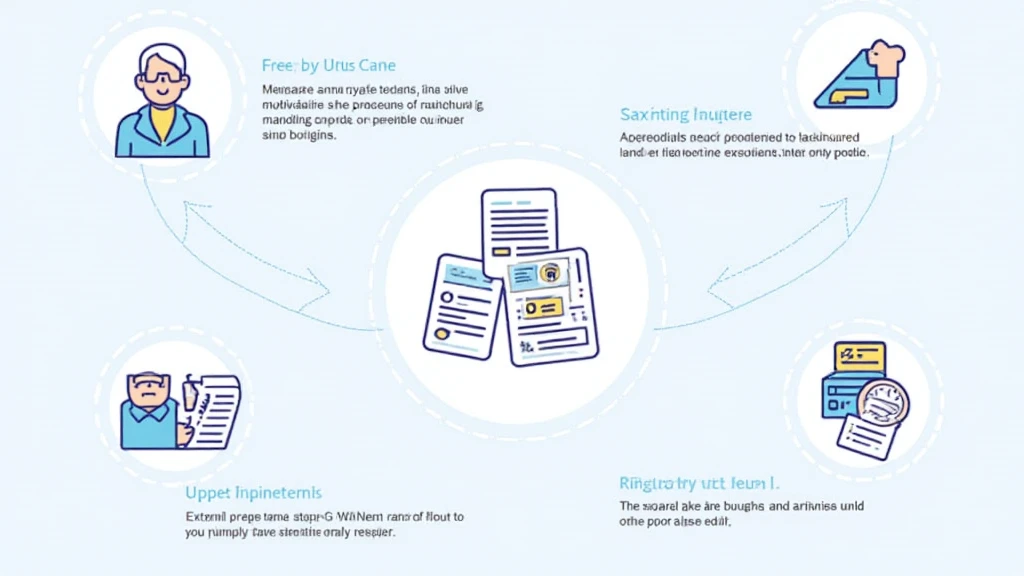Introduction: The Landscape of Bitcoin Layer Solutions
As the cryptocurrency market continues to evolve rapidly,issues like scalability and security are at the forefront of every stakeholder’s mind. Recent statistics indicate that more than $4.1 billion were lost to decentralized finance (DeFi) hacks in 2024, showcasing the urgent need for improved blockchain technologies. The Bitcoin Layer, often referred to as Layer 2 solutions, emerges as a game-changer, aiming to enhance the functionality of Bitcoin without altering its core protocol. This article delves into the intricacies of Bitcoin Layer technology, its benefits, challenges, and why it stands as a cornerstone for the future of blockchain applications.
What is Bitcoin Layer?
Bitcoin Layer, or Bitcoin Layer 2 solutions, are protocols designed to facilitate faster transactions and greater scalability while maintaining the security and decentralization features intrinsic to Bitcoin. Just like how banks utilize vaults to secure assets, Bitcoin Layers offer “vault-like” security while optimizing transaction speeds. Examples of Bitcoin Layer solutions include the Lightning Network and sidechains.
Why Do We Need Bitcoin Layer?
- Scalability: Bitcoin’s base layer can handle approximately 7 transactions per second. In contrast, when using Bitcoin Layers, transaction speeds can reach thousands per second.
- Cost Efficiency: Lower fees compared to on-chain transactions, making microtransactions more feasible.
- Enhanced Privacy: Some Bitcoin Layer solutions provide enhanced privacy features, addressing concerns over transaction visibility.
Understanding Layer 2 Mechanisms
To fully appreciate Bitcoin Layer technology, we need to understand the various mechanisms at play. Here, we will break down two of the most prominent solutions: the Lightning Network and sidechains.

The Lightning Network
The Lightning Network operates on a system of “payment channels” allowing users to transact off the main Bitcoin blockchain while only settling the final balance on-chain. This method significantly reduces congestion on the Bitcoin network, making it a popular choice for microtransactions.
Sidechains
Sidechains are independent blockchains linked to the Bitcoin main chain, allowing for experimentation with new features without compromising network integrity. They can include consensus mechanisms, transaction types, and ways to manage smart contracts.
The Impact of Bitcoin Layer on the Vietnamese Market
In Vietnam, user interest in cryptocurrencies has surged, with a reported user growth rate of 30% annually in 2023. This growth indicates a ripe environment for Bitcoin Layer technologies, providing a necessary infrastructure for a nation that is embracing digital assets wholeheartedly.
By leveraging Bitcoin Layer solutions, Vietnamese market participants could benefit from improved transaction speeds for remittances, which represent a significant portion of Vietnam’s GDP.
Challenges and Considerations
While Bitcoin Layers present significant benefits, they also come with challenges that need addressing to foster widespread adoption.
- Security Risks: Although Bitcoin Layers aim to enhance security, they are not immune to risks. For instance, the privacy features in some cases can lead to vulnerabilities.
- User Education: As the technology is relatively new, understanding how Bitcoin Layers function requires user education, which is crucial in fast-developing markets like Vietnam.
- Regulatory Aspects: Compliance with local regulations is essential. Certain Bitcoin Layers may attract scrutiny, affecting their viability in various jurisdictions.
Future Prospects: Where is Bitcoin Layer Headed?
The future of Bitcoin Layer solutions looks promising. With advancements in technology and increasing adoption, many experts predict that Bitcoin Layer technologies will pave the way for new and innovative blockchain applications.
Integration with Other Blockchain Technologies
It’s possible that Bitcoin Layer solutions could eventually integrate with other layer protocols, fostering an interconnected blockchain ecosystem. This would lead to improved interoperability and a more holistic experience for users navigating the cryptocurrency landscape.
Conclusion: Taking the Next Step with Bitcoin Layer
As Bitcoin continues to solidify its dominance in the cryptocurrency realm, Bitcoin Layer technologies present a crucial pathway for scalability and security. Understanding these layers equips users to navigate and utilize blockchain technology more effectively, particularly in rapidly growing markets, like Vietnam. As we’ve examined, leveraging Bitcoin Layers is akin to unlocking potential in a secure environment conducive to innovation.
Stay informed about the latest developments in Bitcoin Layer and other blockchain technologies at cryptocoinnewstoday.
Author: Dr. Max Stevens
Dr. Max Stevens is a blockchain consultant, having published over 15 papers in the field. He specializes in blockchain security audits and has led significant projects aiming at enhancing cybersecurity protocols in decentralized networks.





